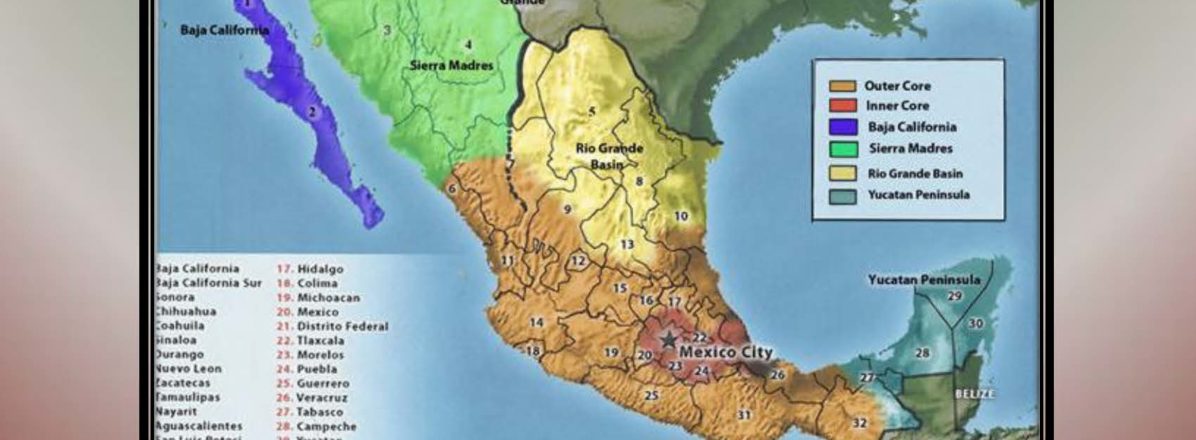A nation must think before it acts.
Introduction
Since Mexican President Felipe Calderón took office in December 2006, Mexico’s drug war has taken over 30,000 lives, destabilized the U.S.-Mexico border, and become a security crisis for the North American continent. Two years ago, a December 2008 Pentagon report warned about the strategic consequences for the United States of a rapid collapse of two nations: Pakistan and Mexico. “The Mexican possibility might seem less likely,” said the report, “but the government, its politicians, police and judicial infrastructure are all under sustained assault by drug cartels.” Any sudden collapse would require a U.S. response “based on the serious implications for homeland security alone.”
This scenario has not come to pass, and a full scale collapse of Mexico remains unlikely. That said, Mexico’s security situation has direct consequences in the United States. Along the U.S.-Mexico border, coalitions of sheriffs, agents, activists and concerned citizens have rallied to increase public awareness. According to the Drug Enforcement Agency, Mexican drug cartels maintain distribution networks in 295 U.S. cities through brutal gang activity. U.S. Secretary of State Hillary Clinton has joined a chorus of policy analysts and terrorism experts by referring to Mexico’s drug war as a “criminal insurgency.” In recent visits to Mexico, both President Barack Obama and the Secretary of State have acknowledged U.S. responsibility to reduce drug demand and invest in “partnership.” As the joint response to the 2009 H1N1 flu virus by U.S. and Mexican health officials illustrated, United States and Mexico policy responses are inextricably linked.
Beyond Mexico City’s federal government, which does not appear in imminent danger of collapse, the United States should be most concerned about conditions in the six northern Mexican states. Because of the current structure of the U.S. and Mexican economies, security in the Mexican states bordering the United States represents an enduring U.S. strategic interest. Averaging $320-340 billion, Mexico and China annually alternate as America’s second largest trading partner. Since the North American Free Trade Agreement (NAFTA) was ratified in 1994, the Mexican states of Tamaulipas, Nuevo León, Coahuila, Chihuahua, Sonora, and Baja California have tripled in population. The 50 km free trade zone—extending on both sides of the border—represents the partnership that has fused the economies of both nations together. Given the degree of economic, cultural and physical connectivity, the ten states along the U.S.-Mexico frontier should be treated in many ways as a “Border Nation” when developing national security policy. The term “Border Nation” describes the region where U.S. government institutions can—and should—focus capacity building efforts, which will make a broader increase of stability more likely throughout Mexico.
The Border Nation approach advocated in this monograph will produce better solutions for two reasons. First, analyzing both the U.S. southwest and northern Mexico as a separate region acknowledges the enduring economic connectivity between northern Mexico and the United States. While post-NAFTA economic growth has made the six northern states the most prosperous in Mexico, persistent violence has mortgaged these gains to drug cartels. Second, and most important, a Border Nation concept encourages U.S. officials to use an enduring geopolitical framework to develop partnerships that extend beyond diplomatic courtesies and translate into on-the-ground actions.
In order to develop a practical strategic framework for partnership with Mexico in defeating the threats of the drug-fuelled criminal insurgency—which this monograph refers to as “land piracy”—the U.S. government must achieve a greater understanding of the local and regional dynamics of the six Mexican border states. Although the Merida Initiative represents a step forward in developing a viable strategic partnership, this agreement does not present operational or tactical solutions. Unless a better understanding of this area is achieved, and unless specific prescriptions are developed, the security situation throughout Mexico is unlikely to improve.
This project has studied security, economic and political trends in northern Mexico and the U.S. southwest in order to develop a strategy for actions the U.S. government can take at the federal level to best support state and local security partnerships between the four U.S. and six Mexican border states to defend and deter the violence and address enduring security issues on both sides of the border. David Danelo has spent extensive time on the ground in Mexico researching conditions in the six northern Mexican states and examining methods for increasing local partnerships between U.S. and Mexican authorities. His field research frames the recommended changes in U.S. policy.
No relationship in the Western Hemisphere is fraught with more geopolitical complexity than the one between Mexico and the United States. The two nations are both partners and competitors. Given the economic, social and cultural rivalries, security partnerships between the United States and Mexico have been difficult to create. Failure to build capacity and structure partnerships will enhance the strength of drug cartels and fuel instability and violence. The purpose of this project is to examine the one region—Border Nation—where an enduring security partnership is most vital to long term stability on the North American continent.





